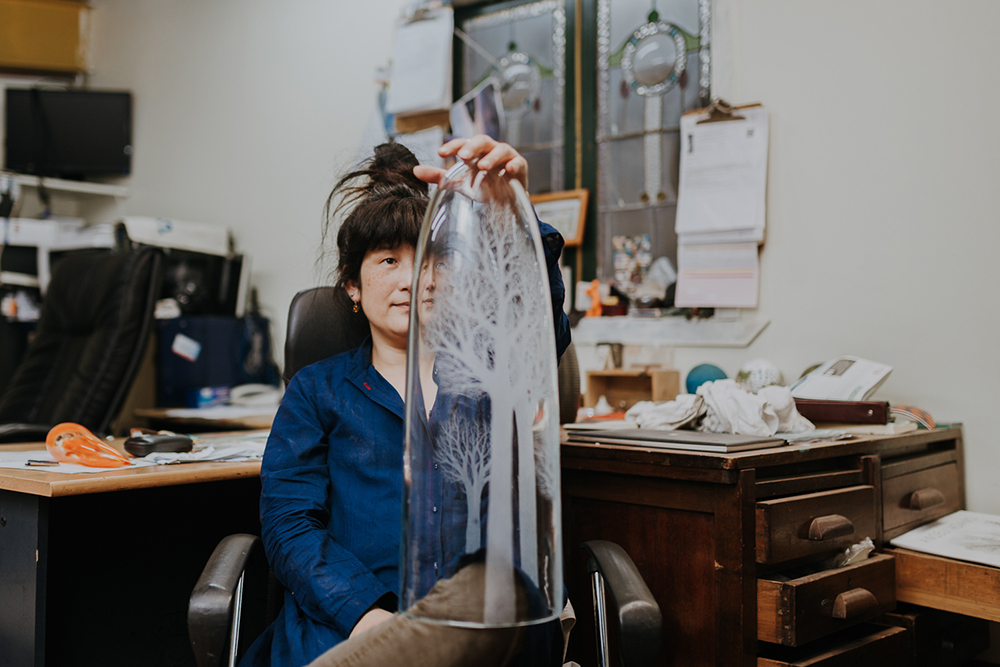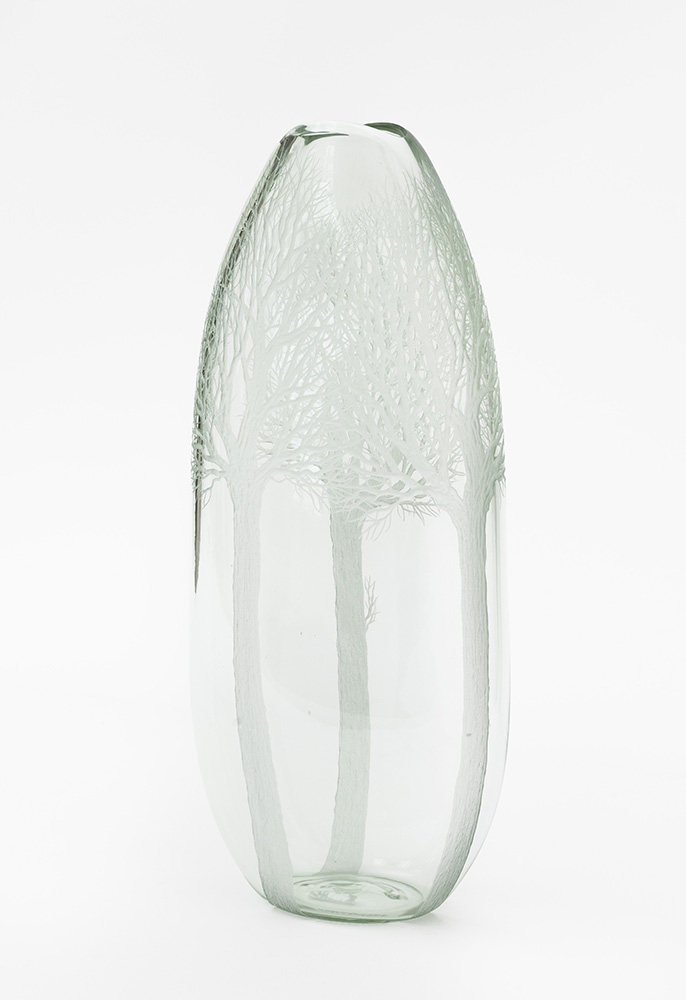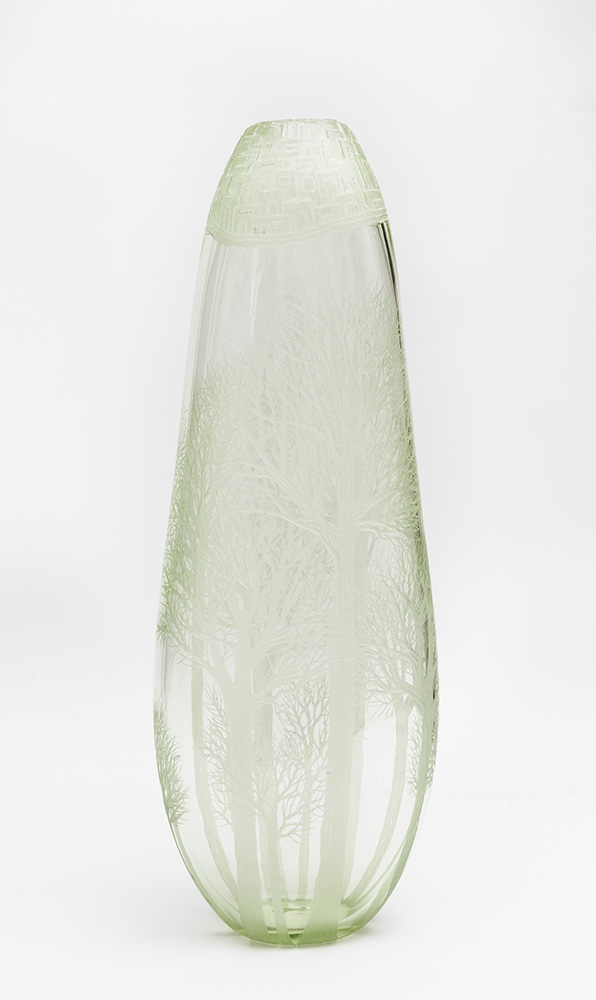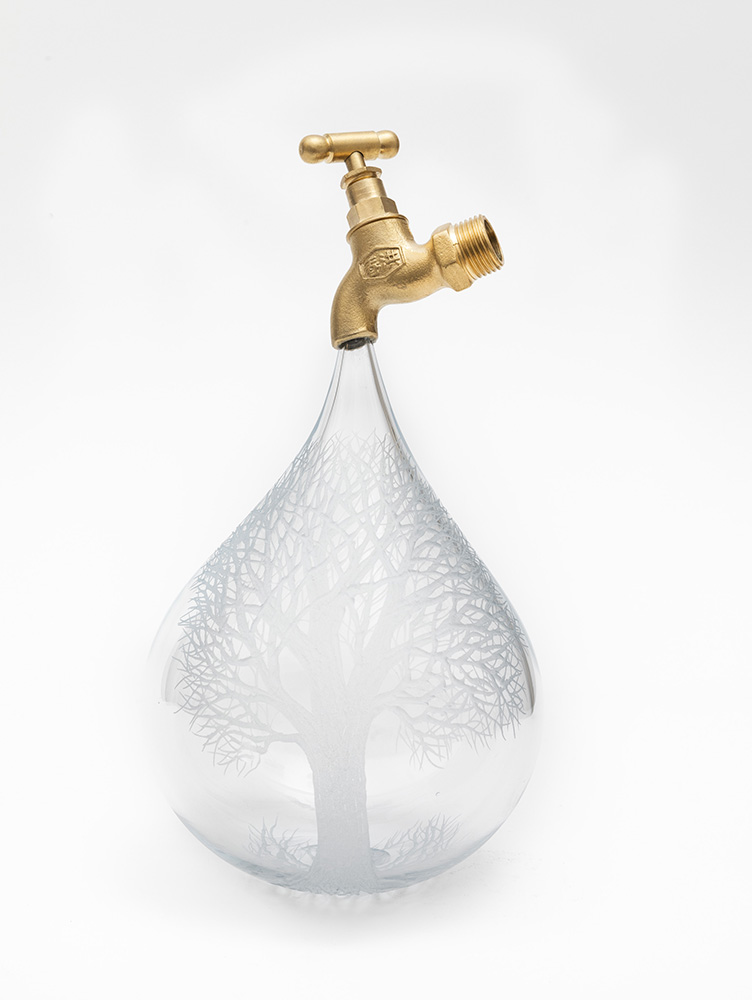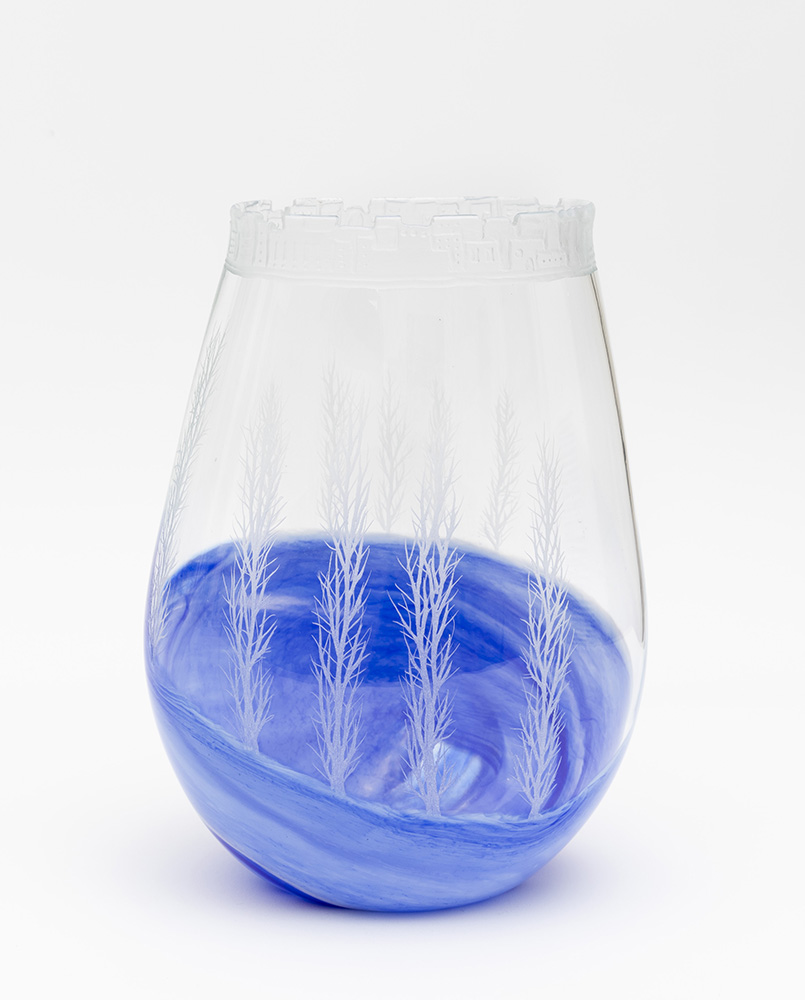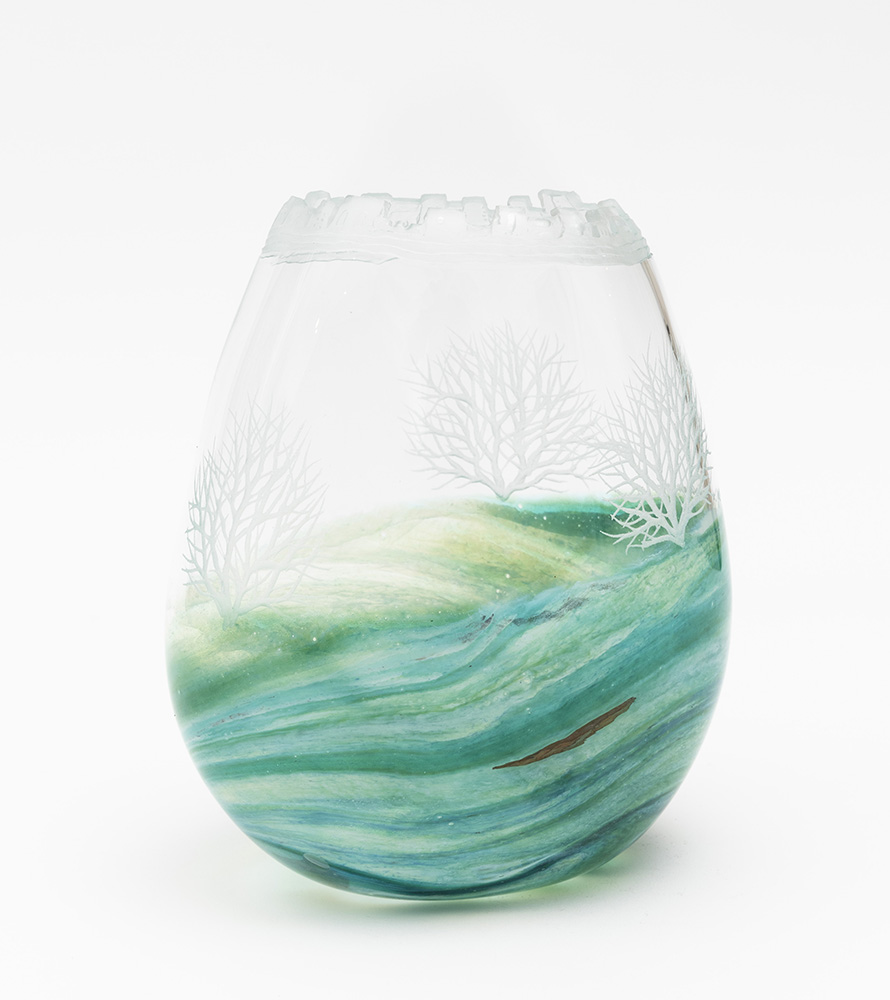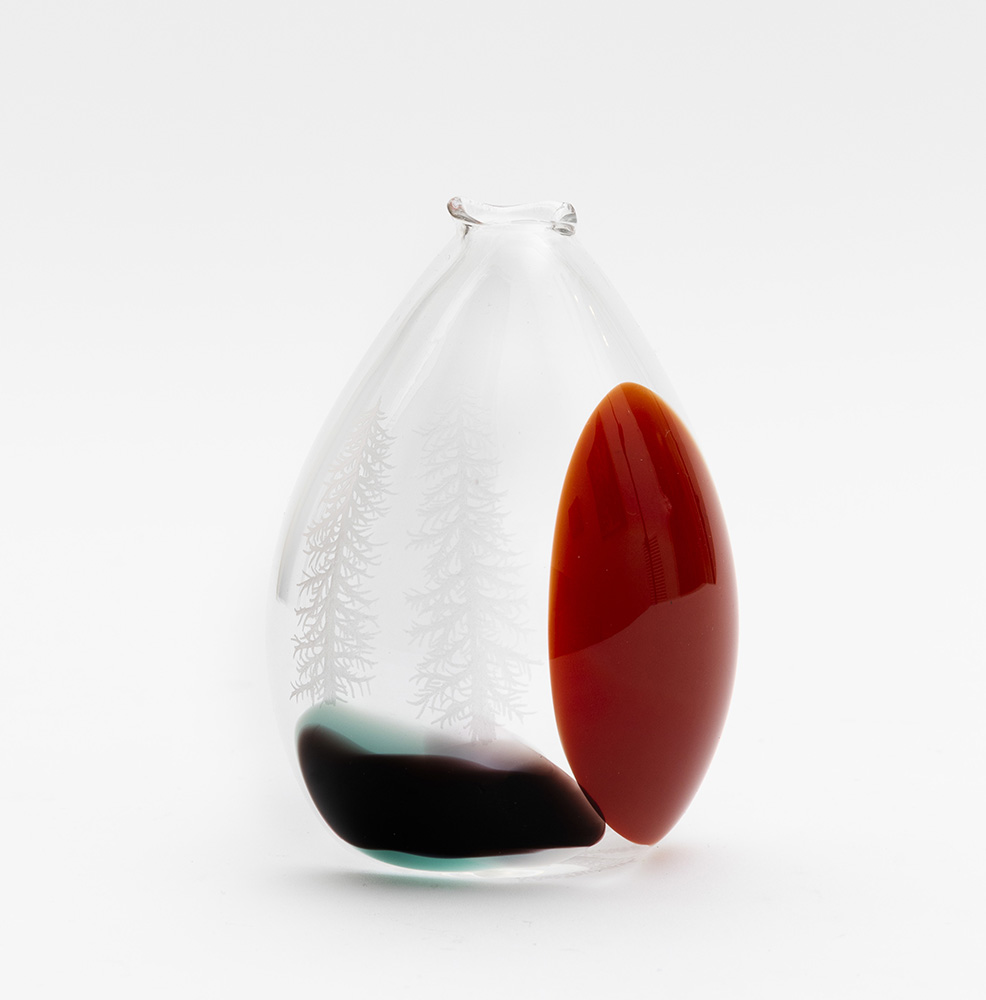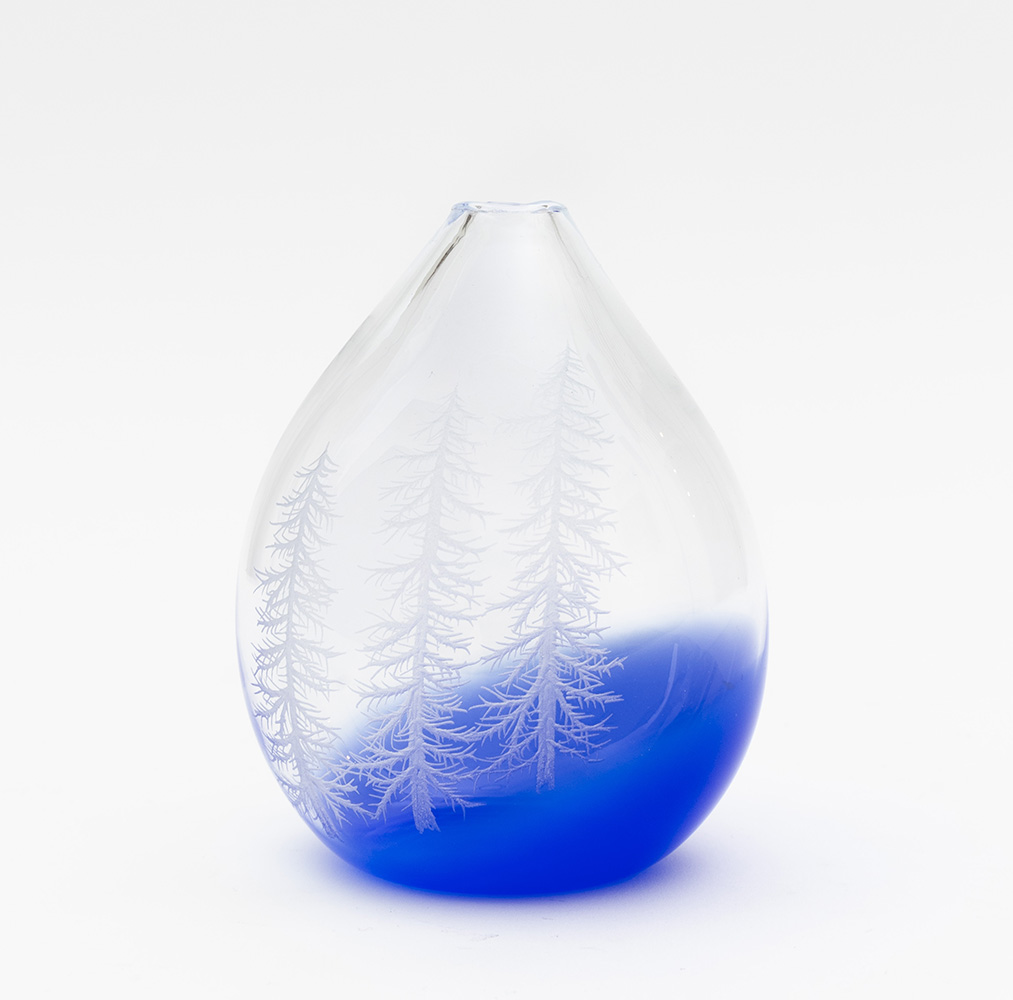available artwork
Artist statement
There is a famous Japanese folktale (Tsuki no Usagi) that explains why markings on the moon resemble a rabbit. It goes like this.
Many years ago, the Old Man of the Moon decided to visit the Earth. He disguised himself as a beggar and asked Fox (Kitsune), Monkey (Saru), and Rabbit (Usagi) for some food.
Monkey climbed a tree and brought him some fruit. Fox went to a stream, caught a fish, and brought it back to him. But Rabbit had nothing to offer him but some grass. So he asked the beggar to build a fire. After the beggar started the fire, Rabbit jumped into it and offered himself as a meal for the beggar to eat.
Quickly the beggar changed back into the Old Man of the Moon and pulled Rabbit from the fire. He said “You are most kind, Rabbit, but don’t do anything to harm yourself. Since you were the kindest of all to me, I’ll take you back to the moon to live with me.”
The Old Man carried Rabbit in his arms back to the moon and he is still there to this very day exactly where the Old Man left him. Just look at the moon in the night sky and the rabbit is there!
Growing up in Japan, the rabbit (Usagi) is a symbol of kindness, what we can offer to others. I hope this collection of new work can provide a moment to pause and reflect; to enjoy the vivid colour of short-lived little flowers. Our natural world is a beautiful place.
Kayo Yokoyama
December 2020
Photo: Helen Flint, courtesy MTNS MADE
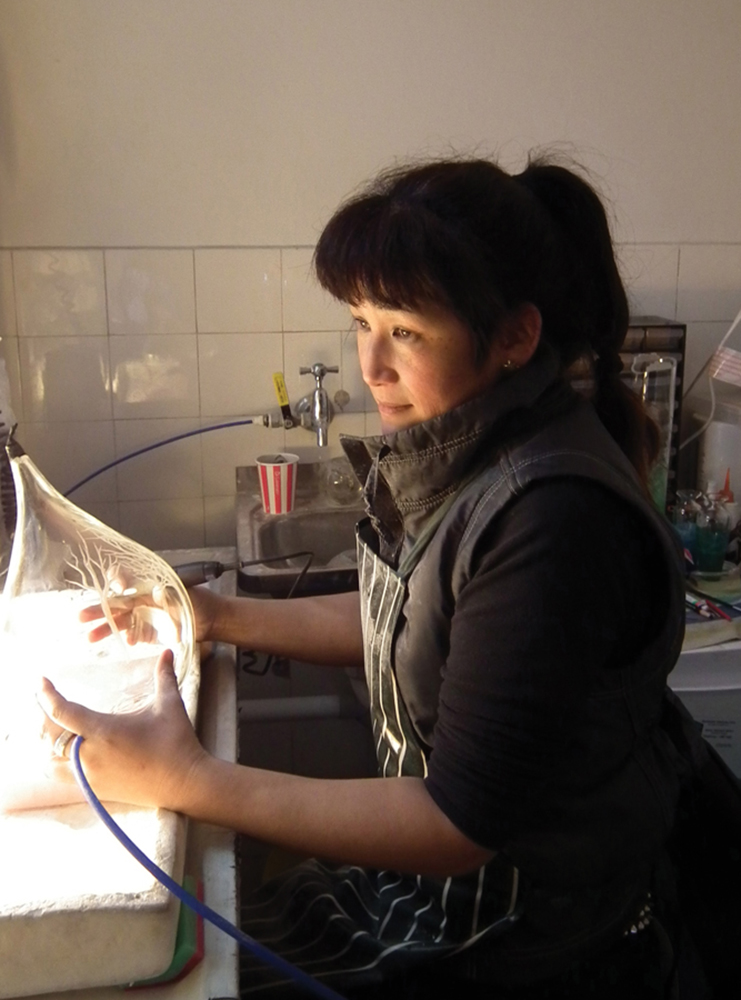
about the artist
Kayo Yokoyama was born in Japan and emigrated to Australia in 1997. Now based at Blackheath, her work centres around the theme of home. Previous work has explored the search for a physical home across cultures, later evolving to the search for a home not physical, but internal, unaffected by location. Delicately etched trees are a repeated symbolic motif that hint at the universal comfort of nature even in unfamiliar places. As her confidence with her craft grows, her forms and motifs have expanded, and this exhibition sees numerous new explorations. The moon and waterfalls are recent motifs, representing nature’s beauty and companionship. Elongated domes, sometimes harbouring other, smaller domes within them, speak of sanctuary and containment, as do the forms with old ships etched onto them.
